How Major Carpaccio Owens Became the Army's Strongest Man at 43
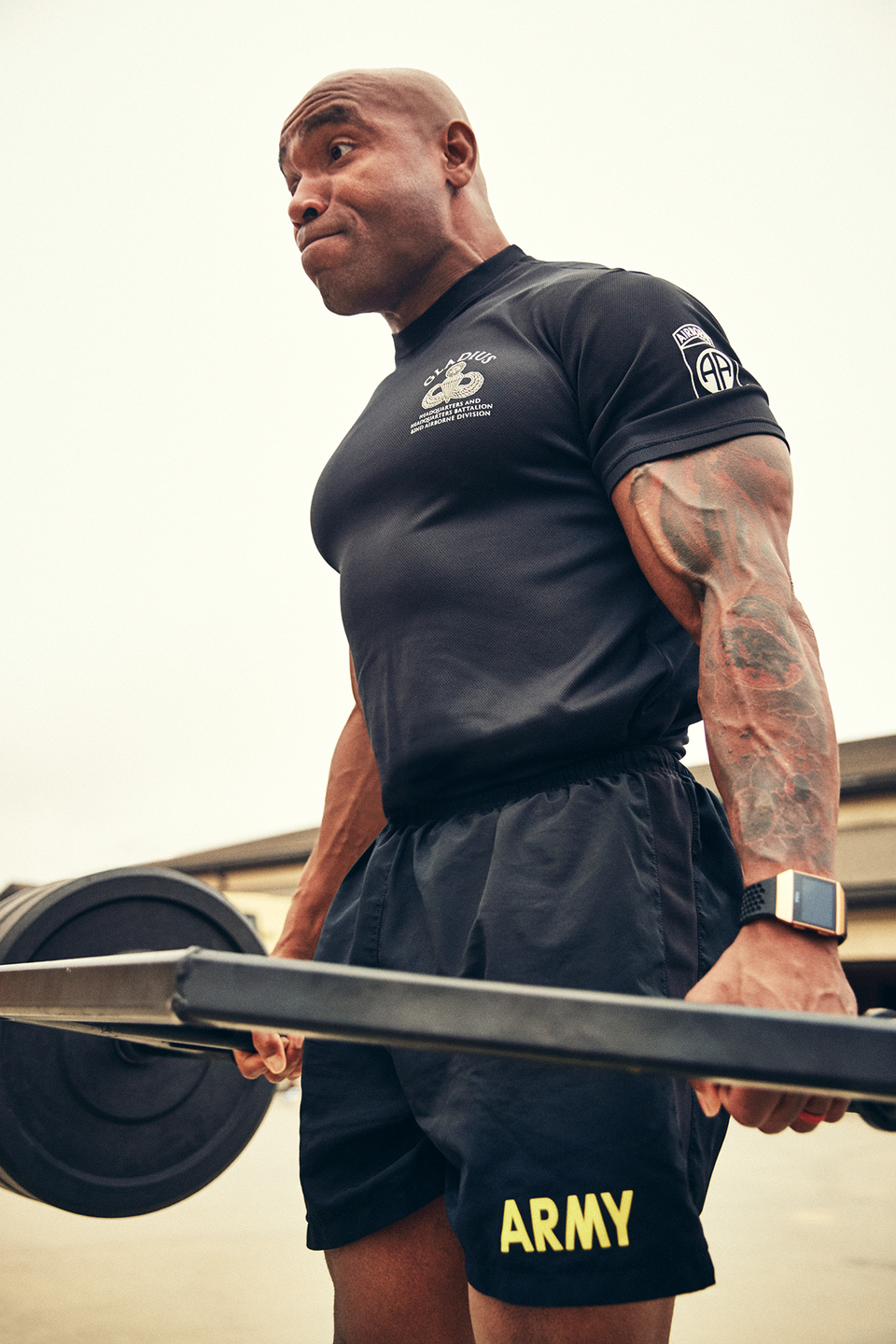
IT'S NOT YET 4:00 a.m. in Fayetteville, North Carolina, when Major Carpaccio Owens eases his tangerine Toyota Corolla into an empty strip-mall parking lot. With a small duffel slung over his shoulder and a ten-pound medicine ball under his arm, Owens—“Pace” for short—strides through the gloom to the locked door of a TruFit gym.
The 43-year-old lingers there, swaying in the stillness, his sculpted five-foot-nine-inch, 209-pound frame shrouded under charcoal sweats and a black hoodie. He tells me an animated story from his days playing semipro football, before he joined the Army 19 years ago. When he makes it to the punchline—how he discovered his franchise was going out of business when he was evicted from corporate housing because the team’s founder was caught embezzling—his deep belly laugh pierces the quiet. “After that, I was like, I really need to get my life together,” Owens says. Finally, an attendant opens the door.
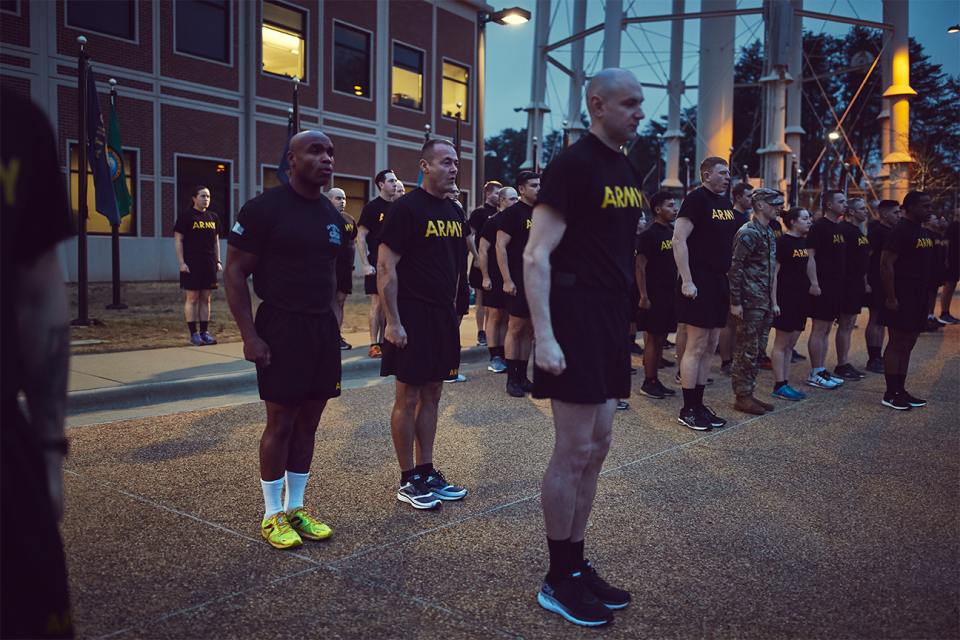
Once inside this all-but-deserted gym, Owens springs into action. He goes around the room snatching up dumbbells and weight plates and scatters them across the green track that loops around all the gym’s workout equipment like a moat. As he reconfigures the space to his liking, more people trickle in, until there are about 20 in all. They vary in age, race, gender, body shape, and walk of life: Jayson Leach, Ed.D., a 41-year-old school principal who has lost 300 pounds over nine years training with Owens; Tanisha Melvin, a 39-year-old mom of three who’s seen her overall strength and endurance increase under Owens’s tutelage; Dennis Shurin, a 71-year-old retired shift manager and former military, who wears braces on both legs to manage arthritis but who still walks for an hour on the treadmill every day before this Morning Crew workout.
None of these normos look like they belong in a gym with Owens. Now that all the lights are up and his hoodie is off, he resembles a real-life G. I. Joe. Still, every weekday, the Morning Crew shows up here at this ungodly hour for a sample of his Army-inspired functional fitness. “When it comes to strength, it’s really about building the person from the inside to master the outside,” Owens says. “Most things that come physically start mentally. We come together to support one another.”
Over the next 50 minutes, Owens pushes these nice people through a nasty strength-and-stamina-blasting circuit. Today is a light day—Fri-Yay—but you wouldn’t know it from the curses and sweat flying. Only Owens looks relaxed. He gently encourages some people and finishes sets with others, cajoling a little extra effort out of each person. “It’s humbling,” he says. “You see the potential in people that they don’t see in themselves.”
And before you presume that Owens’s highly personalized approach must come with an appropriately high hourly rate, know: These sessions are free. In fact, this strength experiment started eight years ago with Owens trying to squeeze in a workout ahead of a full day of grad-level public-health classes at East Carolina University and work at Fort Bragg, where he is a paratrooper in the Army’s 82nd Airborne Division. A day at the base could involve anything from training recruits to overseeing security to shooting at the range. His workouts were a slack-jawed spectacle for TruFit’s early-bird crowd, until one guy sidled up and worked up the courage to ask, “Hey, brother, are you training for something?” When Owens said he wasn’t, the man asked if he could join in. And he stuck with it. Soon one became four, became 20—became this bunch now huffing and puffing behind Owens.
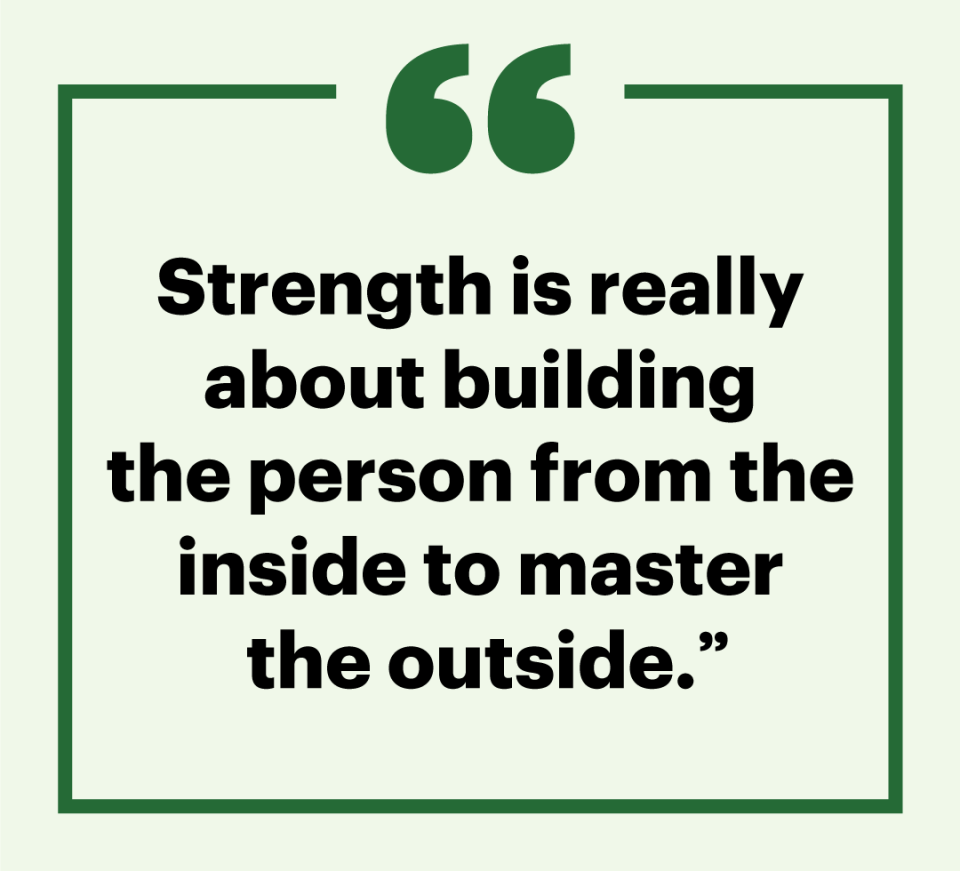
It’s only recently that the Morning Crew learned a surprising truth about Owens—that this apparent paragon of vitality is in the third of five stages of chronic kidney disease, with his kidney function having crashed to 50 percent and his long-term health at risk. And it’s not as if he told them. (That’s not his style.) They learned it from news websites and social media, which reported that Major Carpaccio Owens (their Pace!) had achieved the all-but-impossible, even for the strongest and toughest soldiers in the strongest and toughest military force: He’d earned a perfect score on the Army’s new fitness test.

OWEN'S PROBLEMS STARTED in 2007 when he was given a series of rabies vaccinations ahead of his second deployment to Iraq. He noticed that his face was puffy and he began feeling tired all the time. One morning in the shower after deploying, he saw that his legs had swelled up. He was transported by ambulance to Kuwait. He arrived in kidney failure and with 26 pounds of extra water weight creeping perilously close to his lungs. Following an intense round of diuretics, he was airlifted to Germany and then home.
After several weeks, Owens had recovered enough to compete in an Army-sponsored combat tournament. But then his vitals spiked again. He was referred to Walter Reed Army Medical Center and diagnosed with focal segmental glomerulosclerosis, a scarring of the kidneys that causes chronic kidney disease, which is progressive and incurable. He was denied additional term life insurance based on this preexisting condition. It was devastating for the divorced and remarried father of two.
“As an athlete, if I pulled my hamstring or broke a bone, it’s like, okay, the body heals itself,” he says. It took Owens three days to process his health downturn. “To finally understand that your body’s not going to heal and this is your new normal was crushing. It was like my identity was taken from me.”
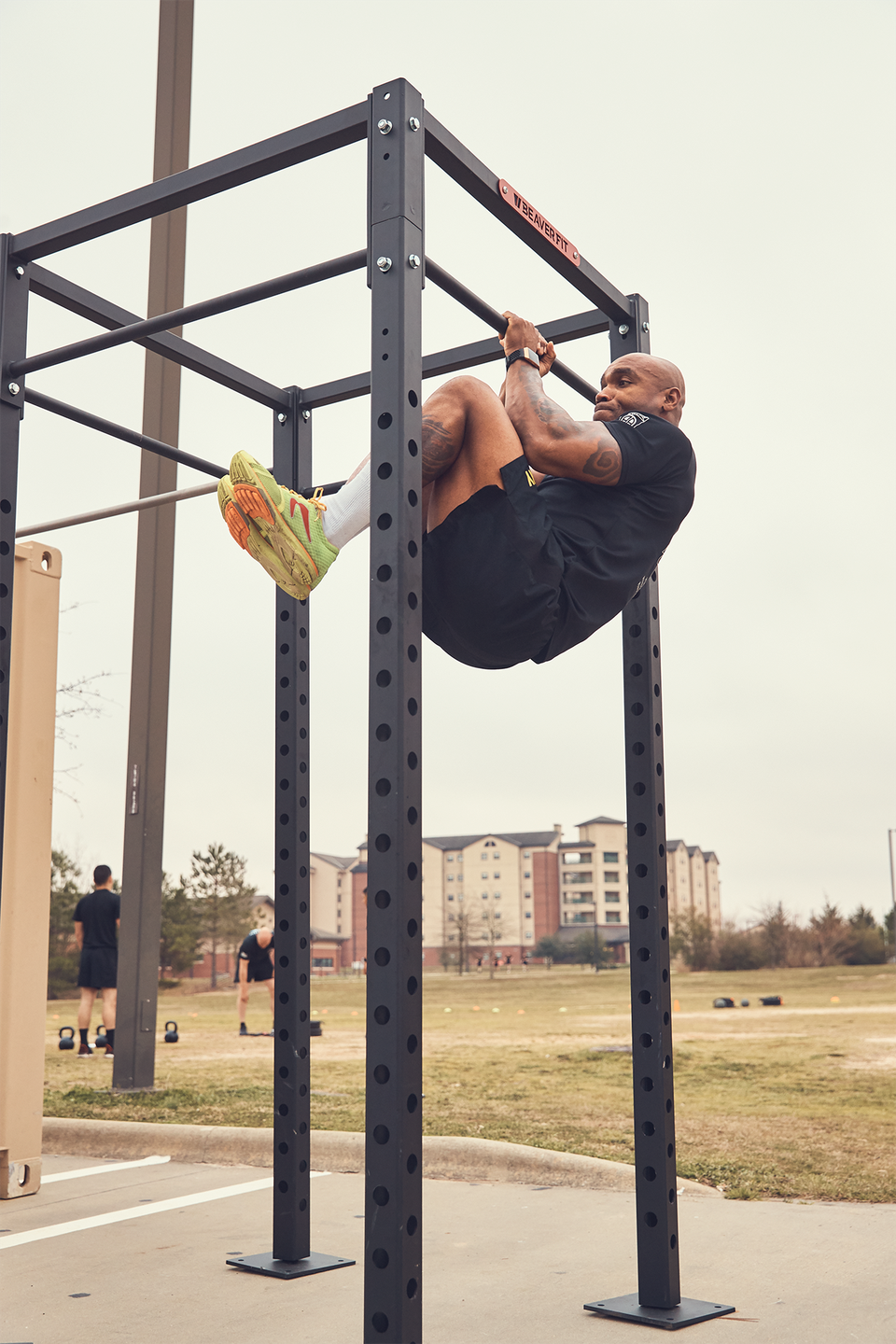
An Air Force brat and lifelong gym rat who started strength training at age 12, Owens says he has always been defined by his physical presence. After the diagnosis, he felt something that he’d never felt jumping out of airplanes: vulnerable. When breaking the news to his young daughters, he simply said that Daddy’s “kidneys were sick.” In general, Owens doesn’t dwell on mortality. There’s no space for that in his line of work. “You just come to the realization that you might die here or on a foreign land,” he says. “So why harp on it? I’d rather be the person increasing morale than decreasing it.”
Instead of yielding, Owens dug in. “I can’t be a hypocrite telling others to push through and give up,” he says. “You start going down this hole, but then you gotta shake that off and say, ‘You’re thinking about something you can’t control. What can you control now?’ ”
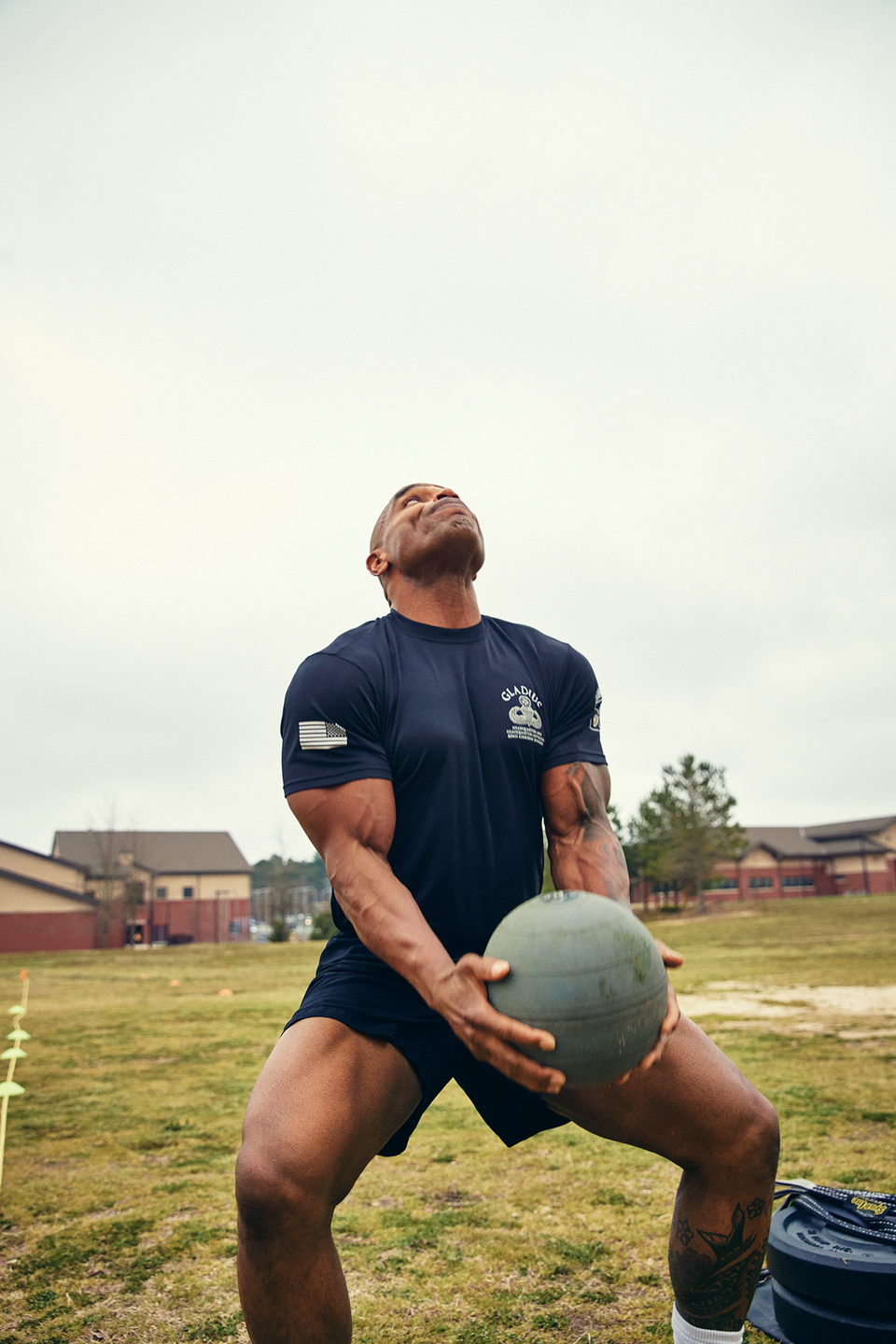
What he could control was his diet and his workouts. When protein stopped showing up in his urine, a telltale sign of kidney malfunction, Owens started on a keto diet, thinking that eating fat and protein in greater quantities could make his kidneys more efficient at processing them. As a result of the diet, Owens was able to reduce a drug-treatment cocktail of ACE inhibitors, diuretics, and anti-inflammatories to one combo pill. He credits his superior conditioning—the result of consistent training—with helping to decrease the inflammation, bloating, and fatigue of kidney disease. Although his condition was stable, it was something he’d have to worry about his whole life. But rather than slow him down, the diagnosis just steeled his discipline
Owens, who wears red dog tags to alert medical personnel to his condition, was soon back to his frenetic schedule. He earned a personal-trainer certification, and when he wasn’t whipping the Morning Crew and the 82nd’s soldiers into shape, he was training on his own not merely to pass the existing Army fitness test, but to crush the harder test in the works. Anything less, he felt, simply wasn’t gonna fly.

FOR ALMOST FOUR DECADES, the fitness test for soldiers was simple: Complete as many situps and pushups as possible in two minutes (with a brief rest in between), followed by a two-mile sprint. The point was to measure muscular endurance and cardio fitness in a way that could be replicated easily anywhere. But in the past decade, the Army brain trust realized that the test wasn’t a true gauge of functional fitness and combat readiness. The Army—like America—is facing a fitness crisis. More soldiers are overweight, and at least half of all soldiers suffer an injury annually.
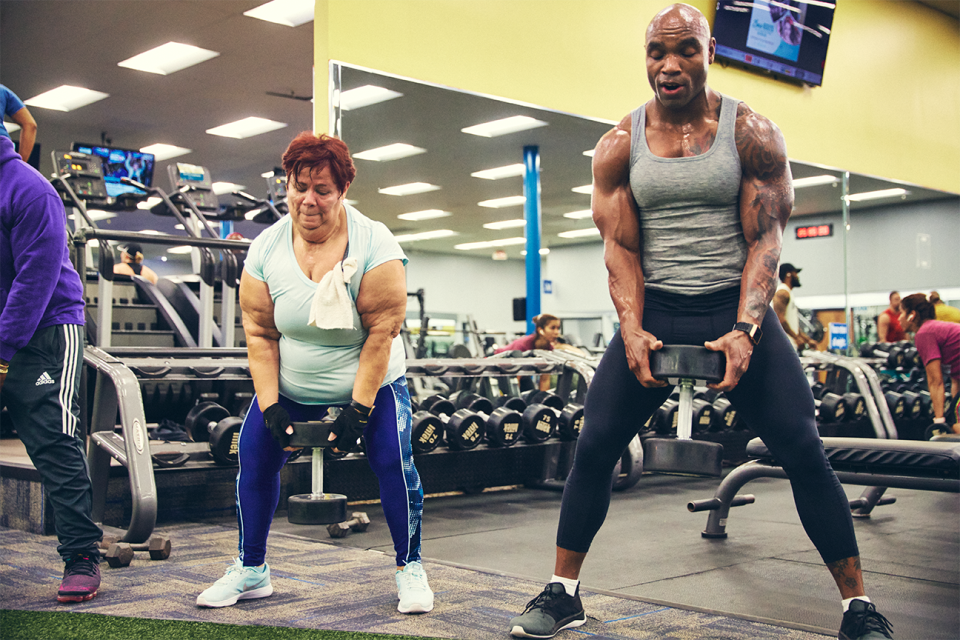
The U. S. Army Center for Initial Military Training has been developing a new test since 2013, consulting hundreds of military and civilian exercise experts. In October 2018, the center started a pilot run, which is scheduled to end this October, when the test becomes official and every base will have the necessary equipment to run it. The new test represents “a cultural shift,” says Colonel Kevin Bigelman, the center’s director of holistic health and fitness. Its goal is not only to improve combat performance, but also to reduce preventable injuries and their associated troop attrition and to enhance mental toughness and stamina. It includes six events to be completed in 90 minutes: deadlifts, standing power throws, pushups, a shuttle run, leg tucks, and a two-mile run.
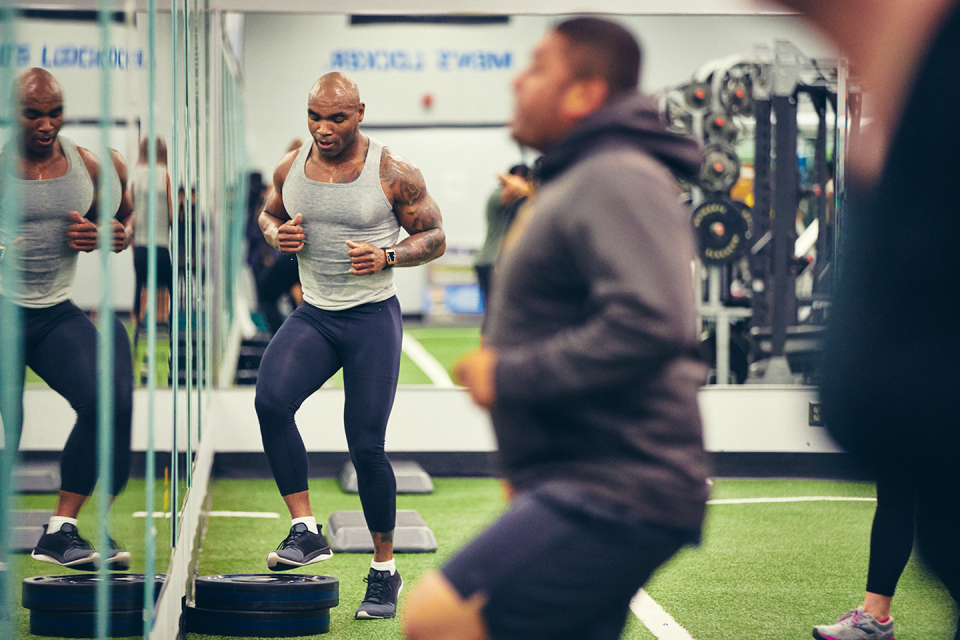
The idea is to replicate the tasks a fighter might face on a battlefield. The top score is 600, and there’s no curve for gender or age. “High-intensity training requires a dedicated program and cyclical attention to progression and recovery throughout the year,” says Whitfield East, Ph.D., the center’s research physiologist. Active-duty soldiers must take the test twice a year, and their scores inform their training schedule.
After training for a month—focusing on the leg tuck, a fierce ab burner—Owens took his first crack at the new test late last summer (right after his leg-day workout, incidentally) and wound up scoring a 585.
He had another go at the test on November 6, 2019. “Everything just kinda lined up for me that day,” he says. He was fully rested and blasted through the first five challenges, scoring off the scale on most of them. “At that point, I knew I was on a perfect score,” he says. “I needed a roughly six-minute pace for two miles. I focused on my stride and relaxed.” He finished in 12:40, becoming one of the first people to notch a perfect 600. “Literally a week before, I was denied additional life insurance,” says Owens, who felt as if he were taking the test for anyone who, at one point or another in their life, had felt less-than. “I felt validation, accomplishment.”
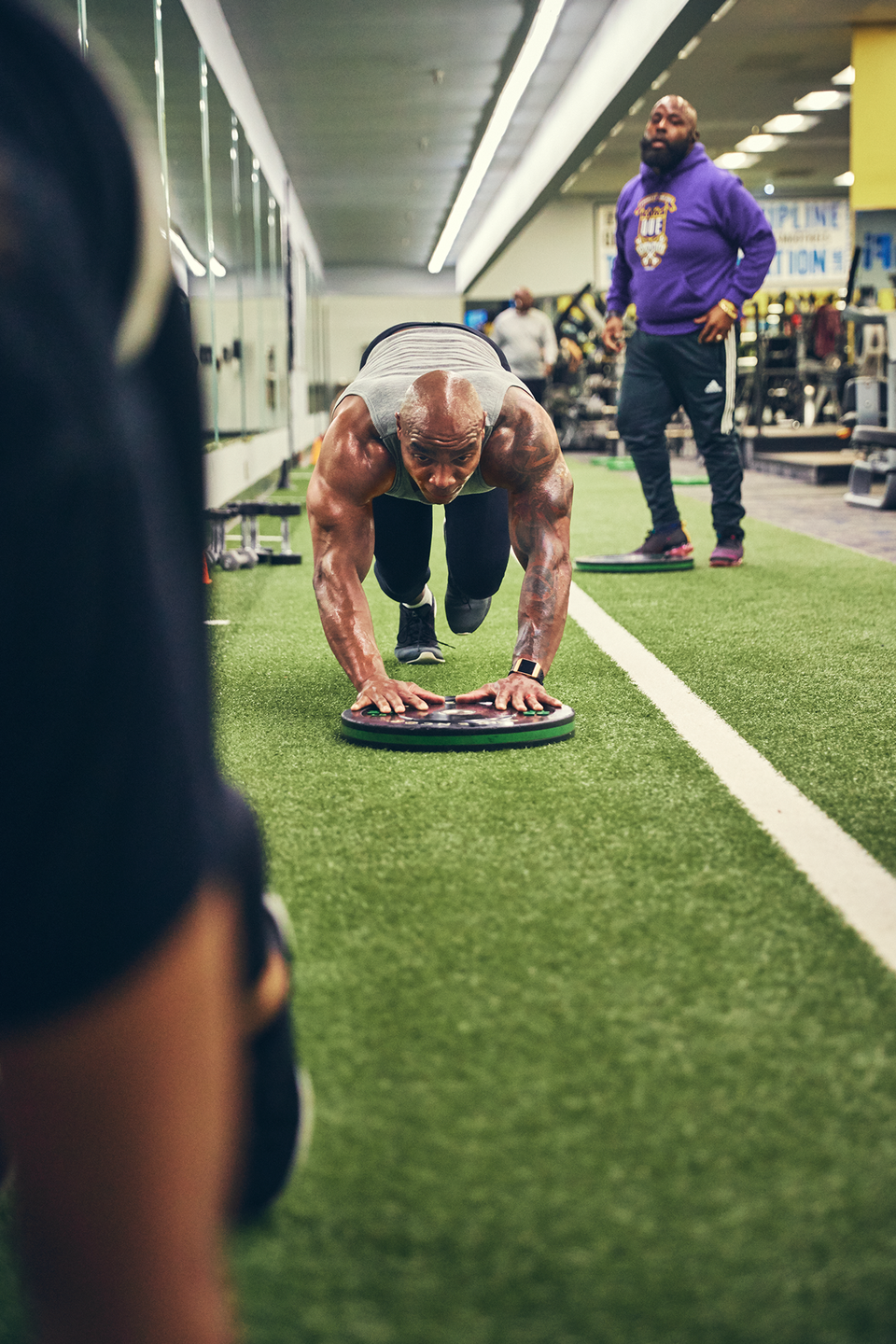
Owens is not resting on his laurels. This March, he enrolled in Ranger School. His health is still stable, but he’s aware of what looms in his future long-term and has heard from his doctors about stents and vein splicing and dialysis. But he doesn’t want to get ahead of himself. “Right now,” he says, “I’m just living for today.”
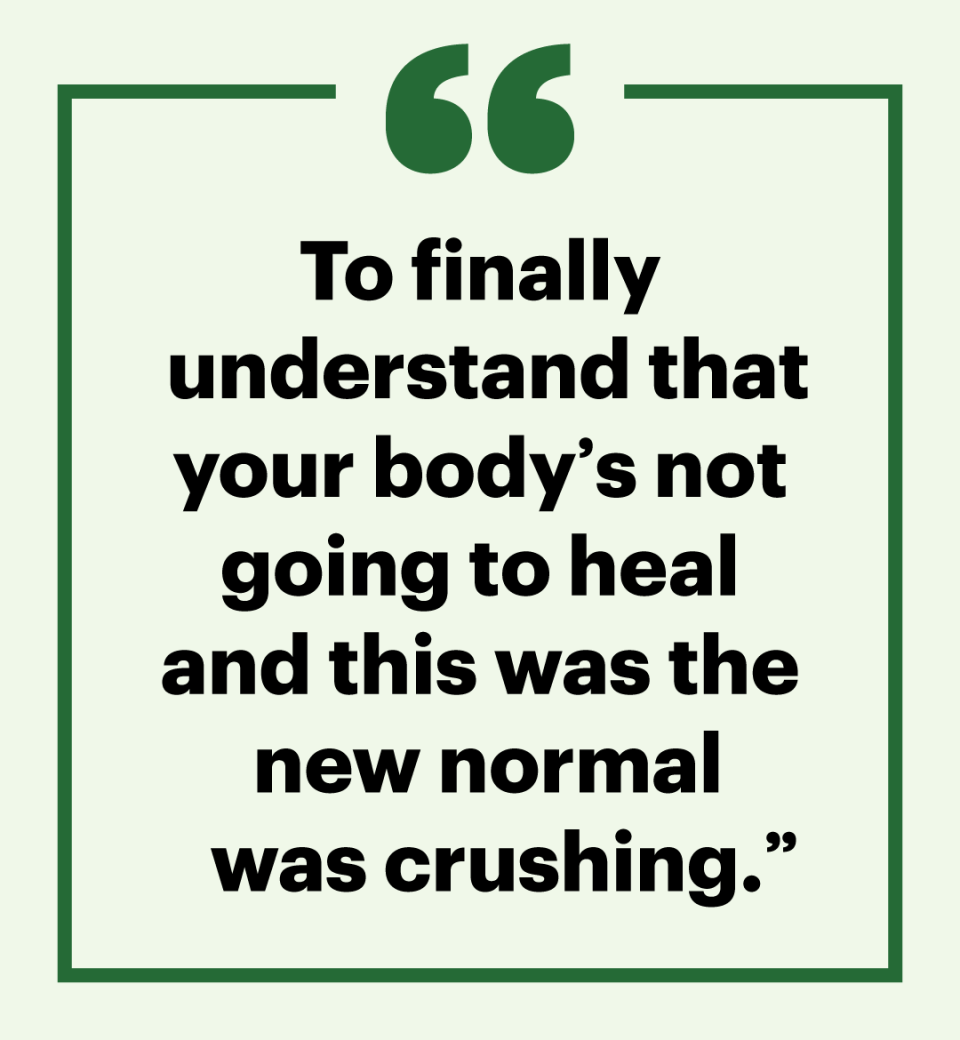
That’s a maxim the Morning Crew often hears from Owens. Earning that perfect test score, despite his diagnosis, has been an extra source of strength for them as well. For Jeffrey Blue, a 48-year-old FedEx worker who has lowered his blood pressure and cholesterol, Owens shows that you can do more “than just take your meds,” that “[I can] maintain my health as a whole.” For Deidre Furlong, a 41-year-old teacher, Owens provides accountability: “There’s no way I would be consistent by myself.” For others, like Leach, the camaraderie of this group provides a unique energy. “Somebody might be stronger or weaker than you,” he says, “but the energy is what pushes you.” It goes the other way, too. “The Morning Crew has helped make me a better person,” Owens says. “They lift my spirit and give me strength.”
At the end of the final workout each week, Owens awards the Morning Crew various accolades to stoke their motivation. This Friday morning, Melvin wins a heart-shaped glass bauble, the prize for “showing the most heart.” One coveted trophy, a replica WWE championship belt, goes to Furlong for “getting shit done.” She will keep it for a week until the next winner is announced. It’s a reminder that you don’t have to nail a perfect score on a fitness test to prove your strength.
You Might Also Like
